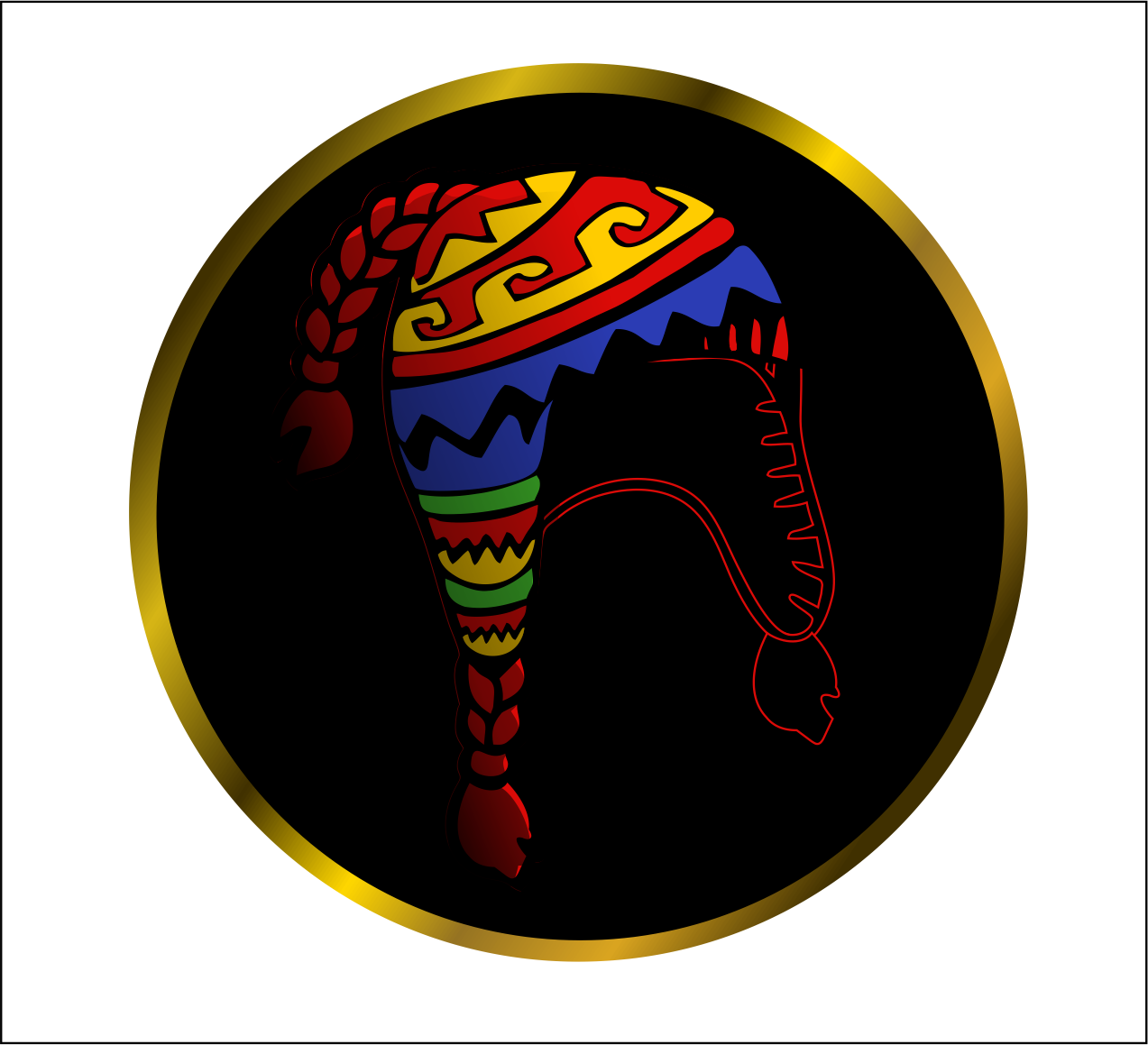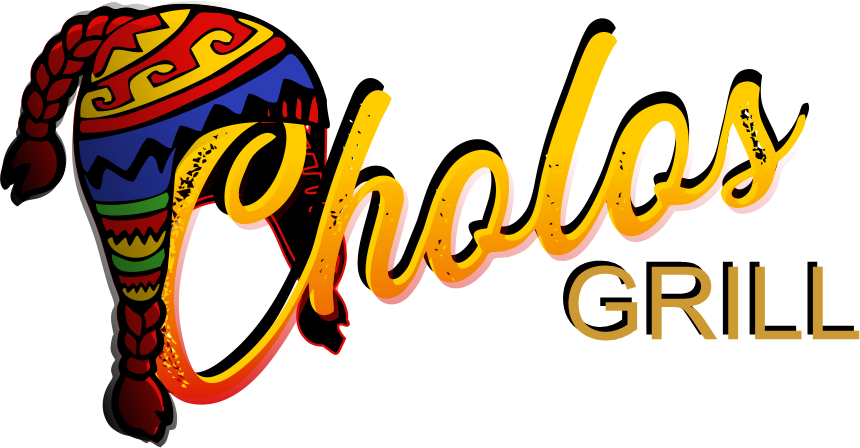Cusco The Imperial City
We finally reached the jewel in the crown of Peru: the ‘Imperial City‘ of Cusco.
Also known as ‘Cuzco’, it is undoubtedly one of the most complete places for foreign visitors, who will find themselves faced with an overflowing explosion of colors that comes from the ancient pre-Hispanic pagan tradition, in a perfect conjunction with the Catholic customs that arrived with the first Spanish.

We would be lying if we said that Cusco is not the dream city for the tourist looking for adventure, open air, beauty, culture and fun. The growing fame of Cusco as a ‘starting point’ before knowing the surroundings such as Sacsayhumán, the Sacred Valley, starting the walk from Ollantaytambo to the spectacular Inca Trail, or to rest before going to one of the 7 Wonders of the Modern World: the Machu Picchu, made it become a catalyst for the economy of the area, attracting dozens of restaurants, pubs, tour operators, exclusive hotels, among others.
To give you an idea. From 2007 to 2016, the city’s population practically doubled, from 255,000 to 434,000 inhabitants. What is the negative of this? That perhaps this saturation has made some tourists not take it as an option when looking for an intimate experience. Machu Picchu, for example, has had to tighten its access rules to avoid damage to the monument and separate the arrival of tourists into morning and afternoon shifts.
Even so, the Imperial City that was the capital of the Tahuantinsuyo (territory that included the Inca Empire) is a wonder declared in 1983 as a Cultural Heritage of Humanity. Its streets keep the best of Inca architecture and its steep streets are full of the best of viceregal art. The ancestral culture struggles to prevail, so much so that it is not difficult to observe ladies in skirts and bowlers carrying flames on a leash while exchanging words in Quechua, or women who sell chullos and coca leaves to avoid altitude sickness.
That struggle to maintain the Inca culture of their ancestors and honor the last emperor judged by Pizarro (the Inca Atahualpa), is still alive in the Inti Raymi, a celebration that recreates the beginning of the winter solstice every June 24 and that is quite a event for local citizens and tourists.



